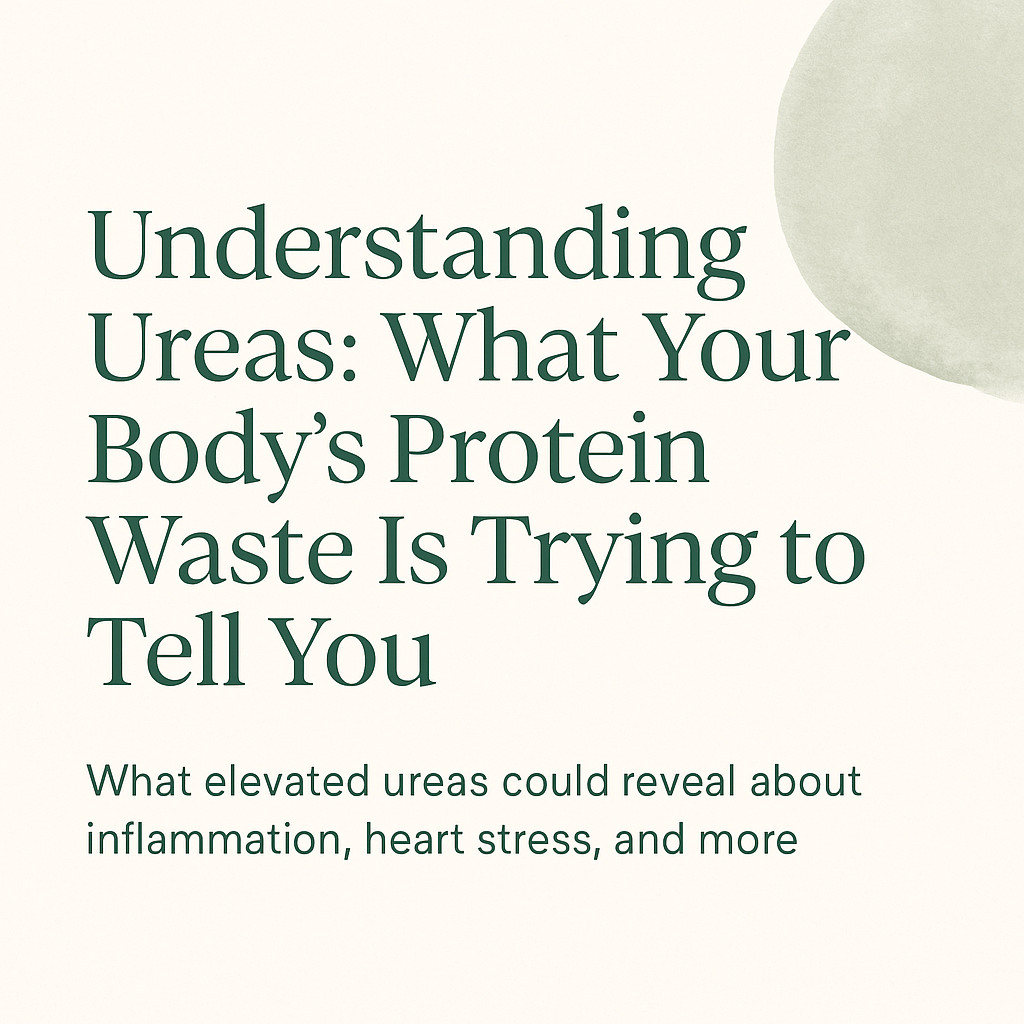
🧪 What Your Ureas Are Telling You: A Functional Look Inside the Body's Waste + Repair Systems
Most people have never heard of ureas — unless they're looking at a fertilizer label or a lab slip. But in RBTI testing, ureas are one of the most important indicators of internal stress, inflammation, and how your body is handling (or not handling) protein breakdown and nitrogen waste.
And unlike blood work, this test reveals what’s happening before your body starts to crash.
Let’s break it down simply and clearly — because once you understand this piece, it all starts to make sense.
💡 What Are Ureas in RBTI?
In RBTI, we measure two forms of nitrogen in your urine:
- Ammoniacal Nitrogen (Urea 1): Related to protein breakdown and nervous system function
- Nitrate Nitrogen (Urea 2): Related to cardiovascular function and metabolic waste
Together, they form your total ureas — and they tell us how efficiently your body is digesting protein, clearing waste, and handling internal stress.
🔺 What Happens When Ureas Are High?
High ureas = excess nitrogen waste stuck in the body.
This often means:
- You're not digesting or using protein efficiently
- Your liver, kidneys, and colon are overloaded
- You're dehydrated at a cellular level, even if you're drinking water
- Waste is recirculating instead of exiting the body
You might feel:
- Swollen, bloated, or puffy
- Mentally foggy or emotionally on edge
- Achy or inflamed (especially in the joints or back)
- Restless, unable to settle or sleep
- Chronically tense or anxious
🫀 The Bigger Picture: Ureas, Cholesterol & Heart Health
When ureas stay high, the body is swimming in waste and inflammation. It has to compensate — and one of the ways it does that is by producing cholesterol to "patch up" inflamed or damaged tissues.
That’s why:
- Elevated ureas are often linked to elevated cholesterol
- You may feel tightness in the chest or stiffness in the neck/back
- Over time, the body shows signs of vascular stress or cardiovascular strain
💡 This isn’t a diagnosis. But it’s an early warning system — and one that doesn’t show up on traditional bloodwork until it’s further down the line.
⚖️ Ureas + Salt + Albumin: What the Trio Tells Us
These three markers together create a clear picture of your hydration, detox capacity, and internal inflammation.
| Marker | What It Reflects |
|---|---|
| Salt | Hydration + mineral conductivity |
| Albumin | Cellular breakdown + detox burden |
| Ureas | Protein digestion + nitrogen waste |
If all three are elevated, the body is likely:
- Severely dehydrated at the intracellular level
- Overloaded with toxins and metabolic waste
- Operating in a low-grade stress state that can lead to chronic symptoms
You might feel:
- Exhausted but wired
- Swollen or inflamed
- Unable to lose weight
- Mentally foggy or emotionally flat
- Headaches, muscle tension, poor recovery
💧 Why Water Alone Doesn’t Fix It
Drinking water is important — but if your salt, albumin, and ureas are off, your body can’t hold onto it. It flushes through, dragging minerals and nutrients with it.
This is why people often say:
“I drink water all day… and I’m still thirsty or bloated.”
RBTI shows us how to fix the reason your water isn't working.
🩸 But What About Blood Work?
Blood work is helpful — but it’s a snapshot of crisis.
Blood has to stay within a tight range, or you'd be hospitalized. That’s why blood work often looks “normal,” even when you're feeling terrible.
RBTI looks at the waste your body is trying to get rid of — long before it becomes a diagnosis.
💡 Blood work = What your body is defending
💡 RBTI = What your body is dumping
💡 RBTI = What your body is dumping
When to use blood work:
- To rule out acute infection
- For structural/lab diagnostics
- To monitor medications or thyroid levels
- Alongside RBTI to create a complete picture
🧠 Why This Matters Now
If you’re dealing with:
- Inflammation
- Hormonal issues
- Fatigue or burnout
- Chronic joint/muscle tension
- Bloating, puffiness, or stubborn weight
- A feeling of "something’s just off"…
Your ureas might be part of the story — and you won’t see it on a standard lab report.
✨ Ready to Know What Your Body’s Holding Onto?
Whether you're local or remote, I offer:
- ✅ RBTI Testing with full report + consult
- ✅ Visera Scans to map out emotional + organ stress
Both include a custom wellness plan and are just $99 this week for 1 test session and report.
You don’t need another band-aid.
You need real answers — and a clear path forward.
You need real answers — and a clear path forward.
There are 100,000 chemicals on the market today. The toxic Substance Control Act of 1976 grandfathered them in. What does that mean to you? Simply put: these chemicals have not had any safety testing, and we know very little information about their side effects. Since 1940's prostate cancer is up 200%, Thyroid cancer up 155%, Brain cancer up 70%. What happens when your body is chemically overloaded? It may not be cancer, but we can feel in ways like: lethargy, inability to focus, sleep trouble, chronic inflammation, unexplained pain, skin issues, adult acne, hot flashes, stress, anxiety, and fear.
If you are tired of living in a chemically overloaded world, click the link below and learn how easy it is to change out chemicals for toxic-free living.
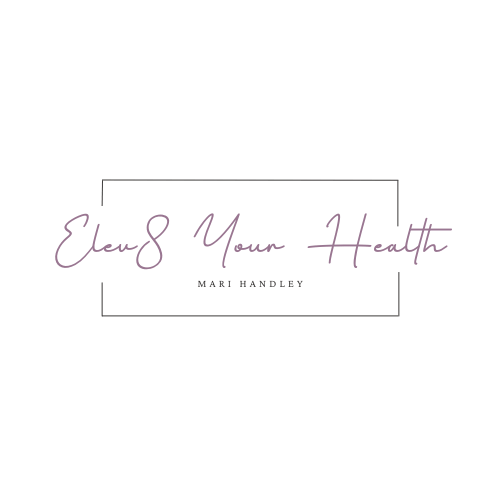


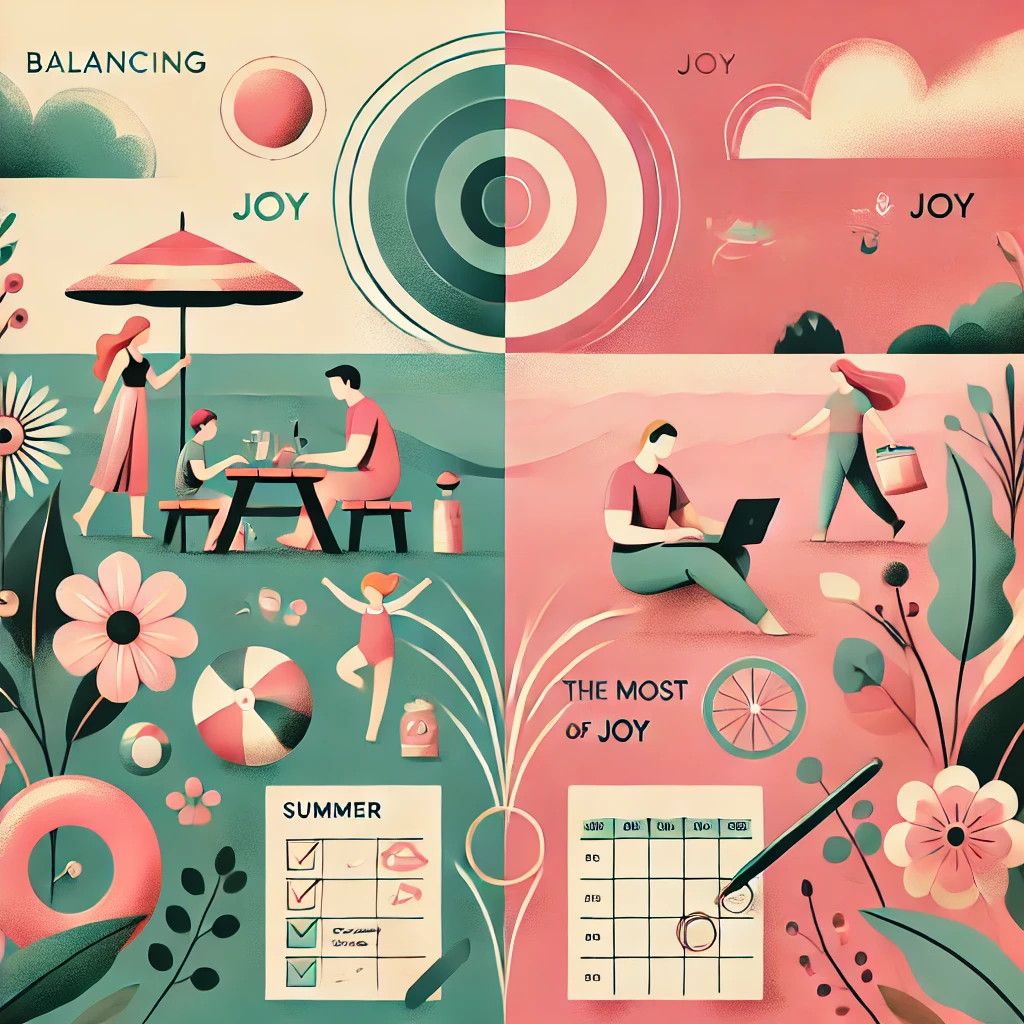

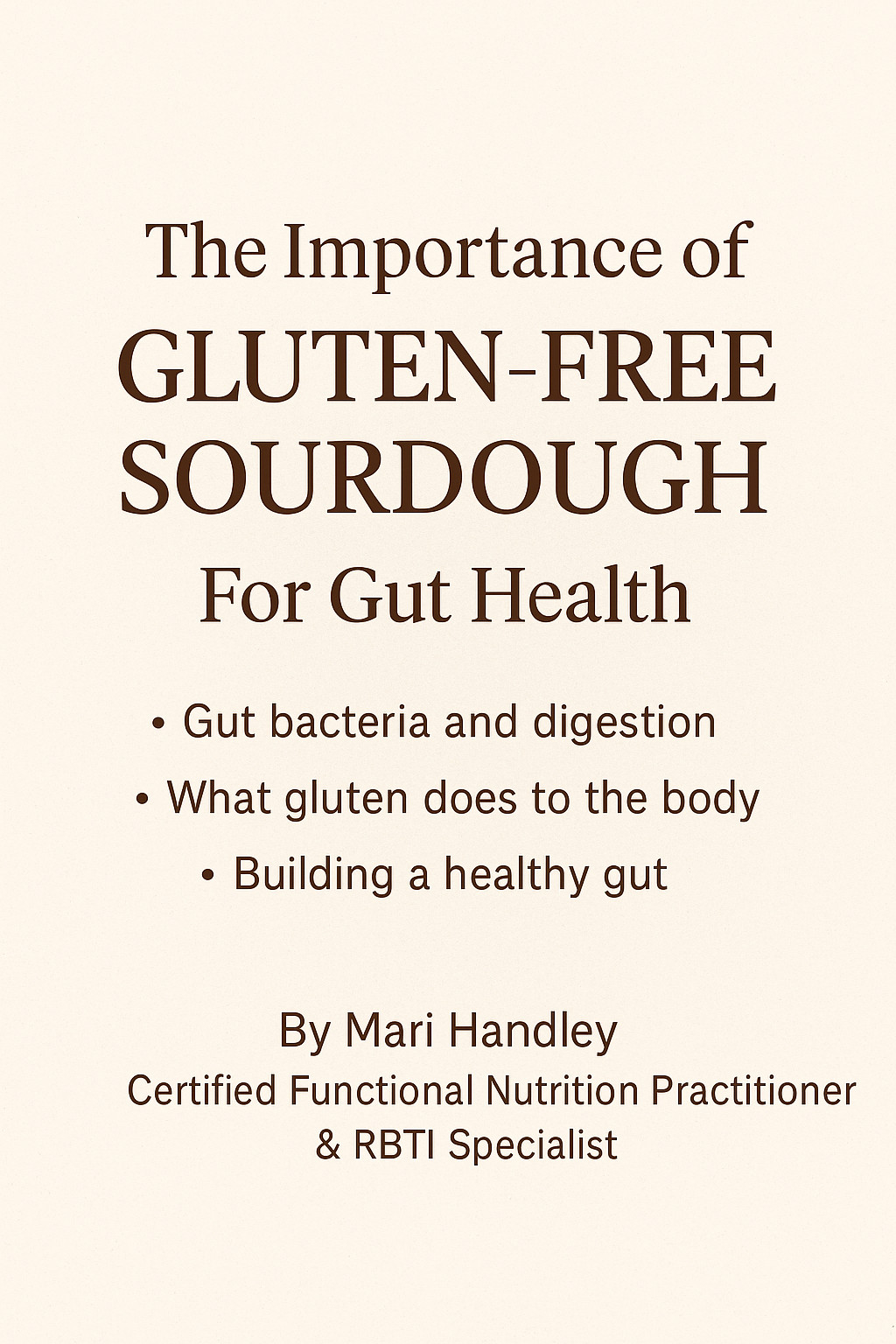
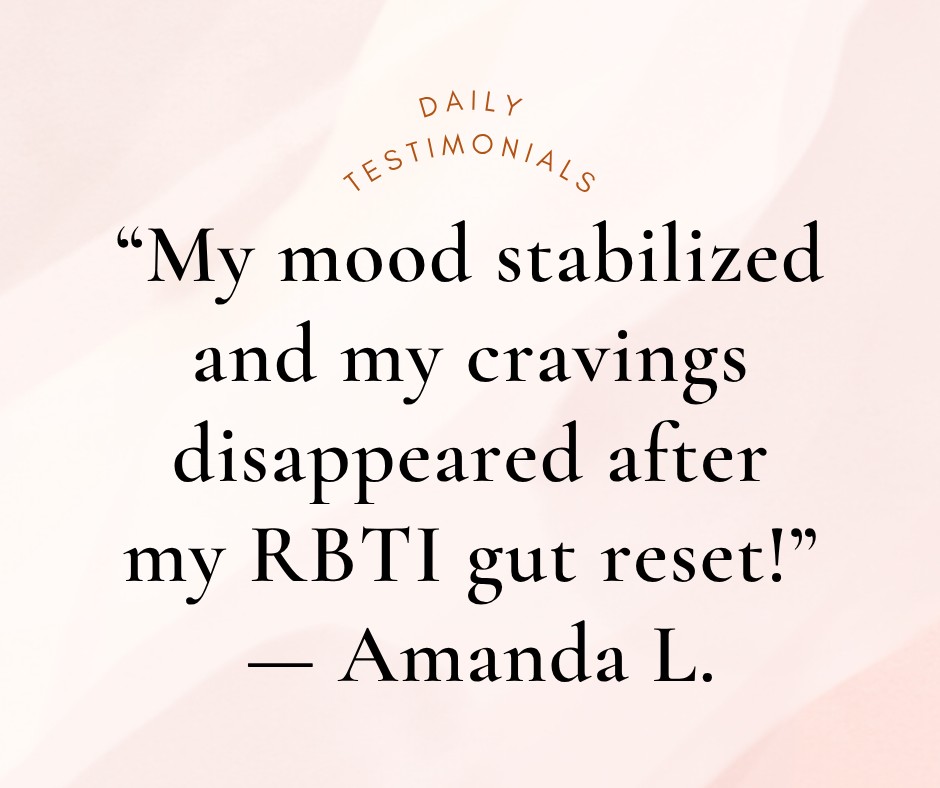


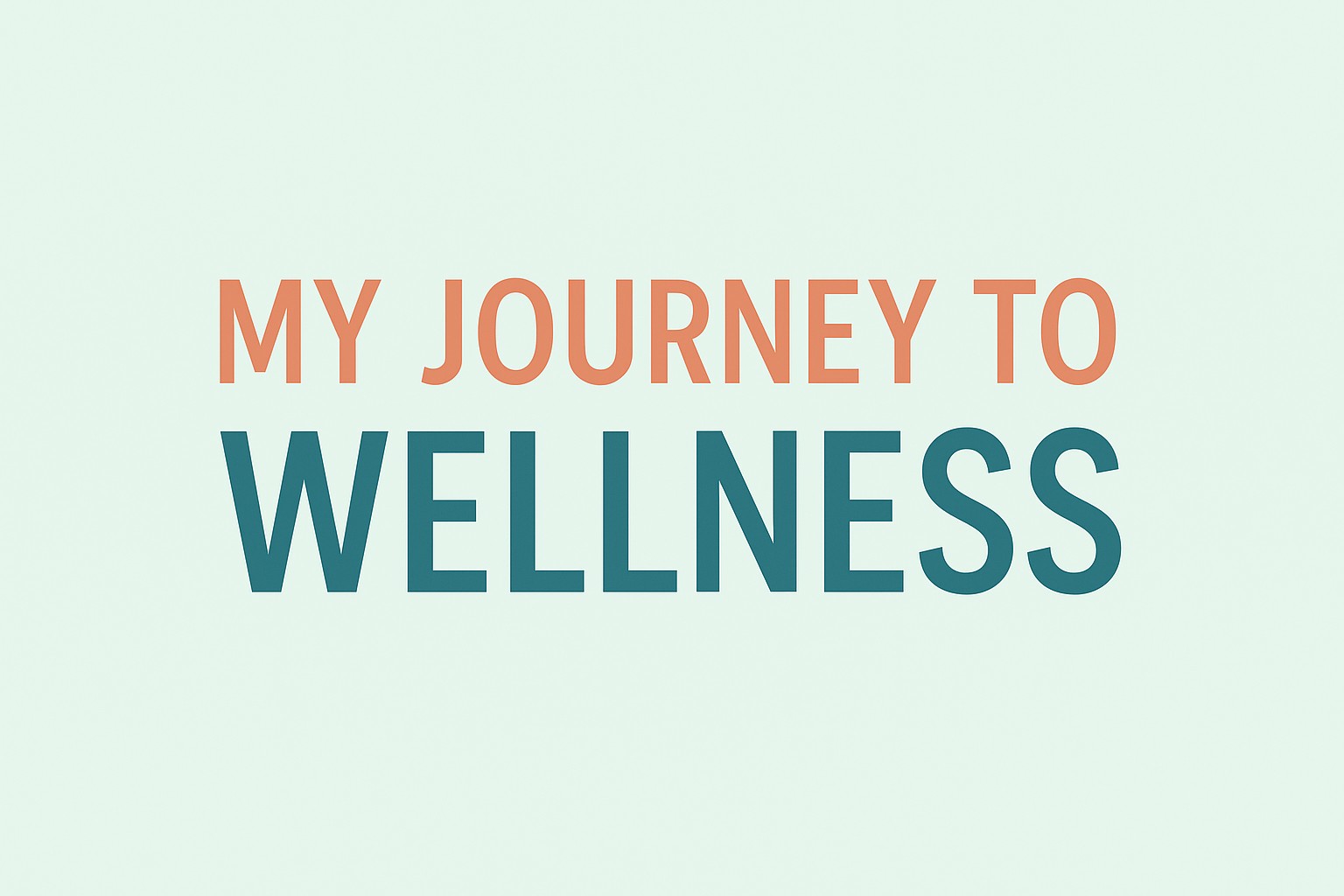
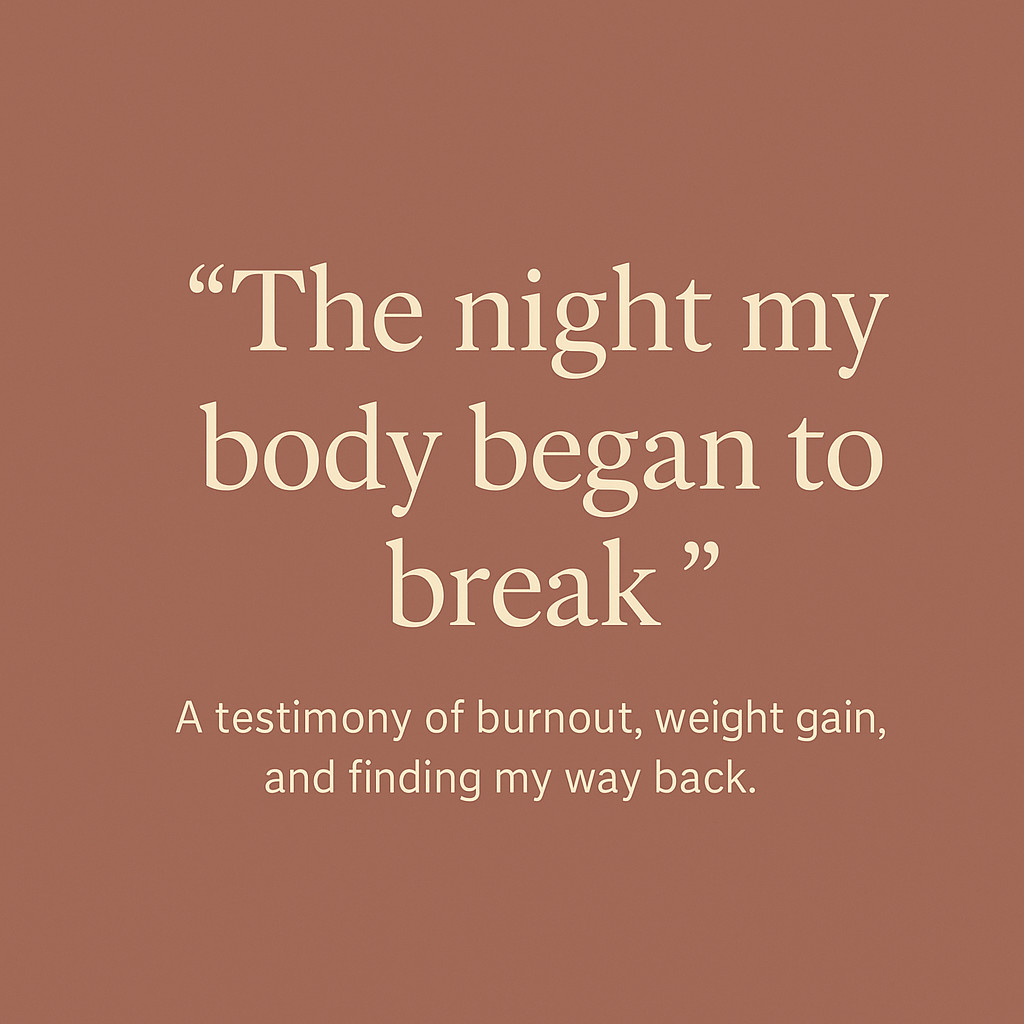
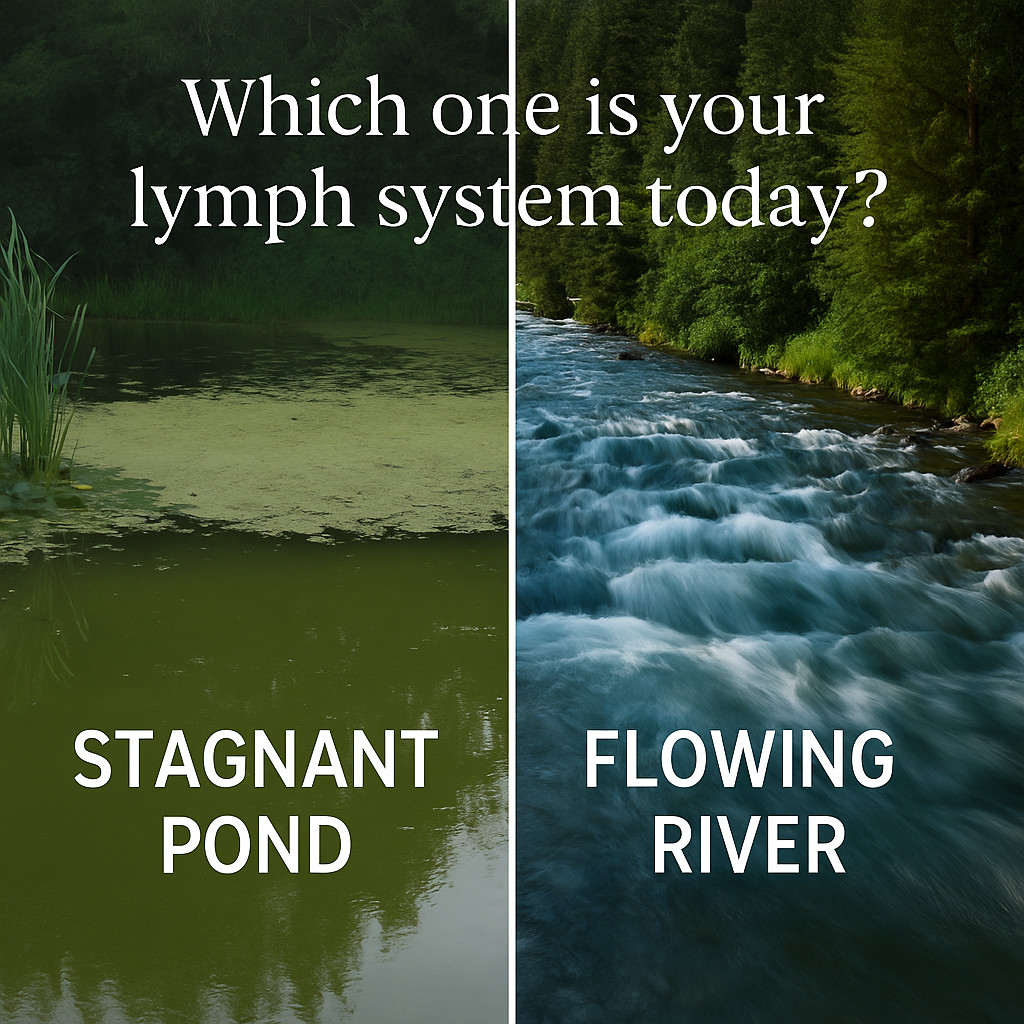
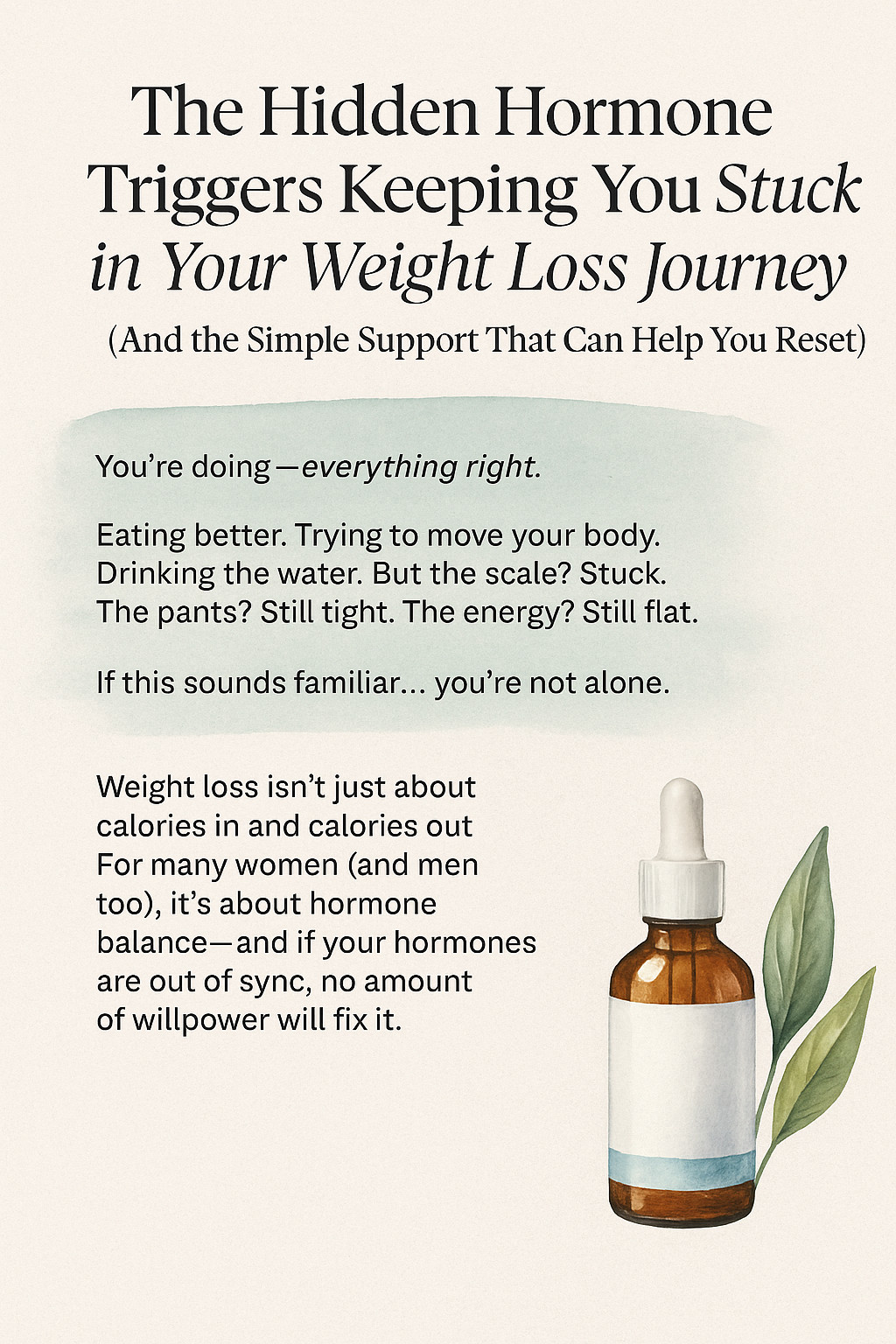
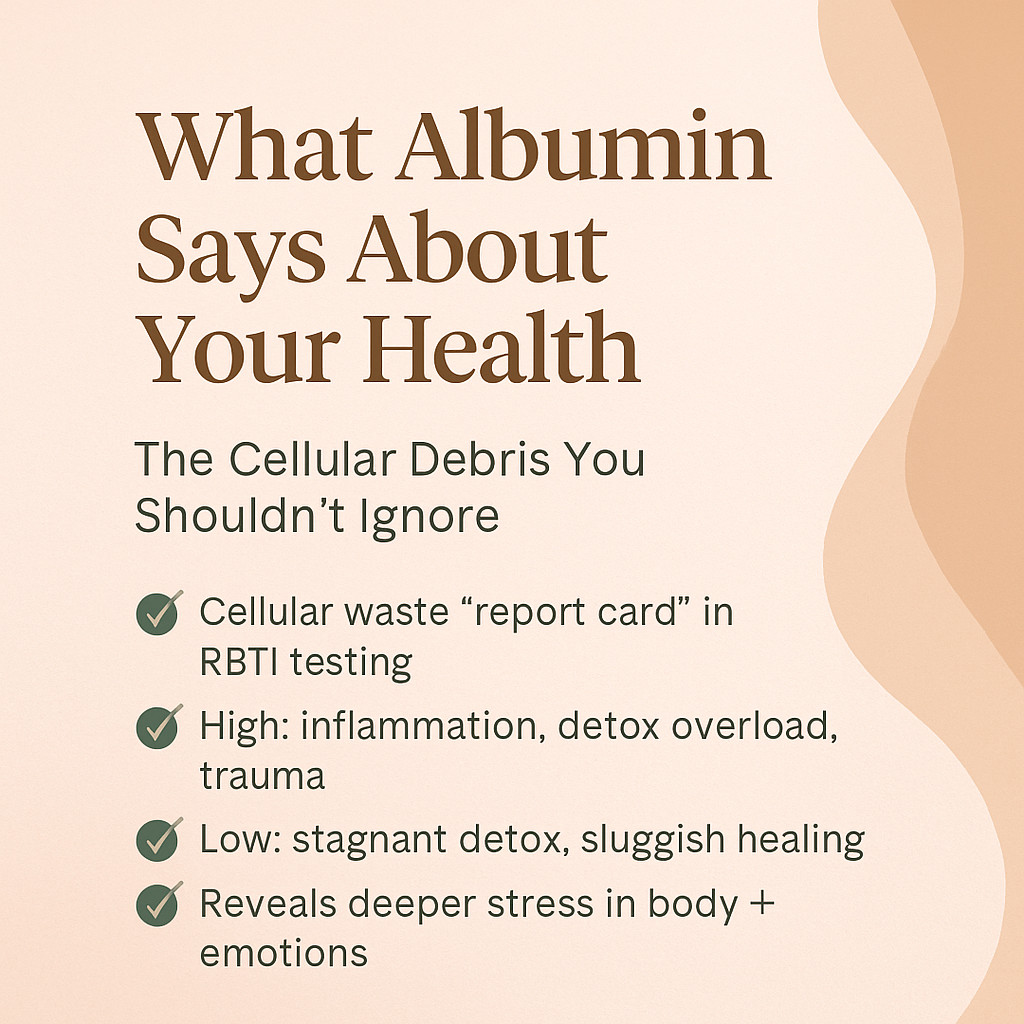

0 Comments